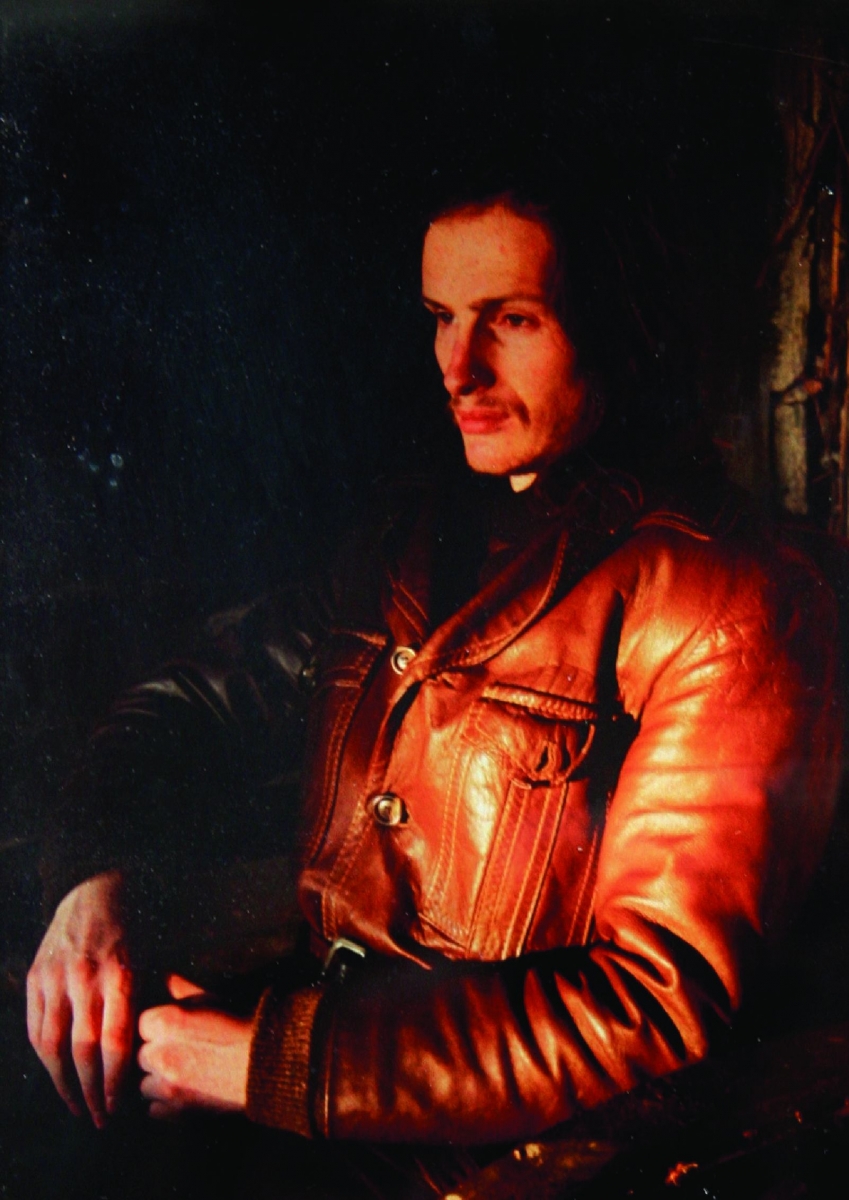Mehis Heinsaar

Mehis Heinsaar (b. Aug 1, 1973) is known primarily as an author of short stories but has also written plays, a novel, and a collection of poems. His work has been translated into several languages, and he is one of the most awarded Estonian writers of the 21st century. Among other awards, Heinsaar has won the Tuglas Short Story Award three times (2000, 2002, 2010)—the most prestigious prize for short stories in Estonia.
Heinsaar’s first poems emerged in 1994 in a poetry contest’s compendium, and his short story debut came in 1997 in a daily paper. In 2001, Heinsaar published two short story collections: Vanameeste näppaja (‘The Snatcher of Old Men’) and Härra Pauli kroonikad (‘The Chronicles of Mr. Paul’). His other collections of short stories to date are Rändaja õnn (‘The Traveller’s Happiness’, 2007), Ebatavaline ja ähvardav loodus (‘Extraordinary and Threatening Nature’, 2010), and Ülikond (‘The Suit’, 2013).
In 2005, he took a crack at longer prose and published his only novel Artur Sandmani lugu ehk Teekond iseenda teise otsa (‘The Tale of Artur Sandman, or The Journey to the Other End of Self’). His sole poetry collection, Sügaval elu hämaras (‘Deep in the Haze of Life’, 2009), includes poems written from 1992 to 2008.
Heinsaar has a very distinctive and recognizable style, often described as magical realism. He is a fascinating and playful storyteller with the ability to create imaginative fictional worlds. Supernatural, miraculous, and realistic traits are blended effortlessly together with playful ease. This marriage of the real and surreal is reinforced via a strong bond with existing geographical places in Estonia, providing a space for these extraordinary events to transpire. In this way, the elements of magic do not seem to be dreams or lies but rather irreducible elements of the written world.
His stories often have a romantic character who is reaching for idealistic, unattainable goals. One of his leitmotifs is the attempt to escape mundane reality, often through an encounter with some unexpected phenomenon or event that gives rise to the dislocation of a “normal” world and life, thus creating an opening to the magical or mystical world beyond the reach of cognition. In this way, ordinary subjects or things undergo metamorphoses to expose the deeper meaning and caginess of human existence. In the end, his characters usually surrender to the state of affairs, filling the stories with somber undertones.
When asked about his fairy-tale-like writing style, Heinsaar has said that it is the only way he sees things and this is how he approaches the real world. In this sense, he doesn’t fictionalize consciously but writes about himself and real life through the eyes of someone who sees everything for the first time.
A. N.
Books in Estonian
Poems
Sügaval elu hämaras. Luige: Verb, 2009, 111 lk.
Pingeväljade aednik. Luige: Verb, 2018, 95 lk.
Novels
Artur Sandmani lugu, ehk, Teekond iseenda teise otsa. Tallinn: Tuum, 2005, 245 lk.
Short stories
Härra Pauli kroonikad. Tallinn: Perioodika (Loomingu Raamatukogu), 2001, 104 lk. [2., täiendatud trükk: Tallinn: Menu Kirjastus, 2011, 173 lk; e-raamat: Tallinn: Menu Kirjastus, Digira, 2011.]
Vanameeste näppaja. Tallinn: Tuum, 2001, 155 lk.
Rändaja õnn. Tallinn: Verb, 2007, 136 lk.
Ebatavaline ja ähvardav loodus. Tallinn: Menu Kirjastus, 2010, 151 lk. [E-raamat: Tallinn: Menu Kirjastus, Digira, 2011.]
Ülikond: jutte 2003-2013. Tallinn: Menu Kirjastus, 2013, 157 lk. [E-raamat: Tallinn: Menu Kirjastus, Digira, 2011.]
Unistuste tappev kasvamine: jutte ja novelle, muinasjutte ja nägemusi siit- ja sealtpoolt Eestimaa teid. Tallinn: Menu Kirjastus, 2016, 231 lk. [E-raamat: Tallinn: Menu Kirjastus, Digira, 2016.]

